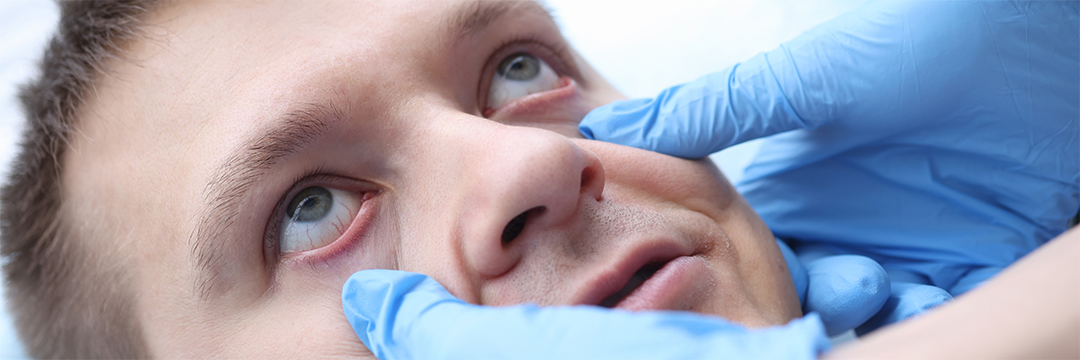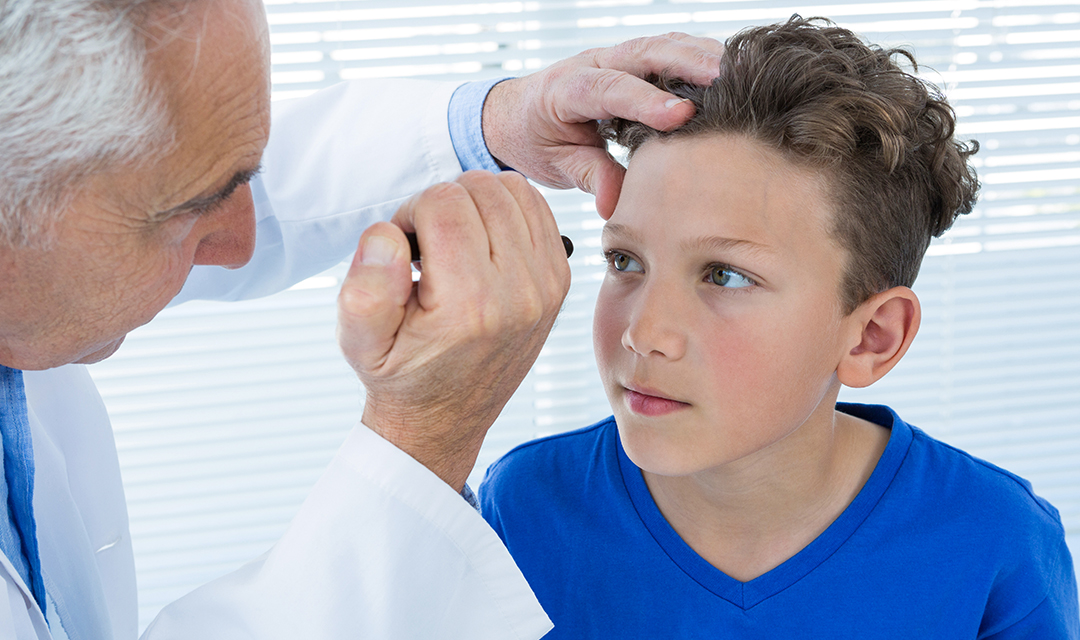Insight Neurology – Myasthenia Gravis (also known as MG) is a chronic autoimmune disorder that impacts the communication between nerves and muscles, resulting in muscle weakness that affects daily activities, work, and overall quality of life. Although MG is somewhat rare, with only about 83,000 Americans currently living with the disorder, a growing number of people are affected by the condition, according to the Myesthenia Gravis Foundation of America. Whether you have been diagnosed with MG, know someone who has been diagnosed, or are experiencing symptoms associated with this disorder, it is likely you have many questions. Here are some of the most common questions asked about Myathenia Gravis, as well as information on when to seek care from a neurologist.
What Causes Myasthenia Gravis?
Myasthenia Gravis is an autoimmune response that occurs when the immune system wrongly blocks or destroys receptor sites in the body for acetylcholine, which is a neurotransmitter responsible for muscle contraction. Without adequate acetylcholine, the muscles will weaken over time, particularly after periods of inactivity. However, a distinctive aspect of MG is that muscle strength generally improves after rest. Many muscle groups throughout the body may be affected by MG, including eye movement, facial expressions, swallowing, and breathing. It is believed that MG is caused by a combination of genetic and environmental factors.

What are the Symptoms of Myasthenia Gravis?
Because Myesthenia Gravis can impact a wide range of muscles throughout the body, it is difficult to pinpoint the exact symptoms of this condition. Some of the most common include drooping eyelids, double vision, difficulty chewing/swallowing, issues with speech, and weakness in the arms and legs. Although less common, some people also experience issues with the respiratory muscles and difficulty breathing. Depending on the muscles impacted and the progression of the condition, these symptoms typically fluctuate in intensity.
How is Myasthenia Gravis Diagnosed?
Myasthenia Gravis is often difficult to diagnose because it is not a common condition and the disorder’s symptoms frequently resemble those of other conditions. Patients are generally referred to specialists, such as neurologists, to receive an accurate diagnosis and treatment. Blood tests to identify antibodies that attack acetylcholine receptors or muscle-specific kinase (MuSK) antibodies will be ordered. An electromyography (EMG) is also commonly used to measure the electrical activity and abnormalities associated with MG. Finally, a CT or MRI scan may be ordered to detect abnormalities in the thymus gland common with MG.

What does treatment for Myasthenia Gravis Look Like?
There is currently no cure for Myasthenia Gravis. However, a number of treatments are available to help patients manage their symptoms and improve quality of life. Medications such as acetylcholinesterase inhibitors to boost communication between the nerves and muscles, and immunosuppressants to suppress the immune system’s blocking of nerve-muscle communication are all common and effective. If issues with the thymus gland are detected, such as a tumor, surgical removal may be considered. In severe cases, such as myasthenic crises that impact breathing, a procedure to filter blood and remove harmful antibodies called plasmapheresis may also be considered.

Will Myasthenia Gravis Impact My Daily Life?
Most people diagnosed with Myasthenia Gravis are able to live normal lives. However, muscle weakness, fatigue, and fluctuating energy levels will likely require certain accommodations for work, exercise, and daily activities. Patients are encouraged to plan ahead and break any strenuous activities into smaller, more manageable steps. For those experiencing difficulty chewing or swallowing, it may be necessary to choose smaller and softer foods. Introducing adaptive tools, such as specialized eyewear, assistive devices/grips, and mobility aids, into daily life can also improve comfort and help you with tasks at home and work.
Can Physical Therapy Help With Myasthenia Gravis?
Physical therapy is an excellent, natural way to manage the symptoms of Myasthenia Gravis. In fact, physical therapists and neurologists often collaborate closely to create individualized treatment plans designed to meet the unique needs of their patients diagnosed with MG. A physical therapist will not only help you build strength and endurance with gentle exercises developed for patients with muscle weakness, but they can also provide resources to help you conserve energy, improve mobility, and educate you on modifying activities and managing symptoms to avoid overexertion.

Whether you have been recently diagnosed with Myasthenia Gravis or have been living with the condition for some time, it can be difficult to manage symptoms and know what to do. But being proactive and getting a proper diagnosis and treatment plan from a neurologist can make a significant difference in helping you live a healthy, active lifestyle. If you or someone you know have been diagnosed with MG or are experiencing unexplained muscle weakness, the specialists at Insight Neurology can help. Contact us today to learn more about our services and schedule an appointment.
Frequently Asked Questions
Q: What does a neurologist do?
A: Neurologists are physicians who specialize in diagnosing and treating conditions related to the nervous system, such as the brain, nerves, and spinal cord. Issues ranging from migraines and seizures to memory and movement disorders are treated by neurologists.
Q: What kind of testing should I expect from a neurologist?
A: The type of testing you can expect from a neurologist will vary depending on your concerns and symptoms. Common tests include physical exams to evaluate balance, coordination, and reflexes. It is also common to undergo imaging tests such as an MRI or CT scan, as well as blood tests. An EEG or EMG may be required to identify issues with nerve function.
Q: What should I do to get the most out of my visit with a neurologist?
A: Being open and honest about your symptoms is one of the most important things you can do when visiting a neurologist. Also come prepared with questions and bring any important documentation from previous visits to healthcare providers and medications you are currently taking. Bringing a trusted friend or family member with you, as well as a notepad to take notes is also recommended to help you remember important information discussed during your visit.

